Rising Global Meat Consumption
The Cattle Squeeze Market is significantly influenced by the rising global meat consumption, particularly in developing regions. As populations grow and urbanization increases, the demand for beef and dairy products is expected to escalate. According to recent projections, meat consumption could rise by 15% by 2030, which directly impacts the cattle industry. This surge in demand necessitates efficient cattle management practices, thereby driving the need for advanced squeeze systems that ensure optimal handling and processing of livestock. Producers are likely to invest in modern equipment to meet this demand, which could lead to a substantial increase in the Cattle Squeeze Market. The interplay between rising consumption and the need for efficient cattle management solutions presents a compelling opportunity for market growth.
Increased Focus on Sustainability Practices
Sustainability has become a pivotal driver in the Cattle Squeeze Market, as stakeholders increasingly prioritize environmentally friendly practices. The demand for sustainable cattle management solutions is rising, driven by consumer preferences for ethically sourced beef and dairy products. This shift is prompting producers to adopt practices that reduce their carbon footprint, such as improved waste management and resource efficiency. Furthermore, regulatory frameworks are evolving to support sustainable agriculture, which may incentivize investments in advanced cattle handling technologies. The market is likely to see a surge in products that align with these sustainability goals, potentially leading to a 10% increase in market size over the next decade. This focus on sustainability not only addresses consumer concerns but also enhances the overall reputation of the cattle industry.
Economic Factors Influencing Cattle Production
Economic factors play a crucial role in shaping the Cattle Squeeze Market. Fluctuations in feed prices, labor costs, and overall economic conditions can significantly impact cattle production and management practices. When feed prices rise, producers may seek to optimize their operations through more efficient cattle handling systems, including squeeze chutes. Additionally, economic growth in certain regions may lead to increased investments in cattle production, further driving the demand for advanced handling equipment. The interplay between economic conditions and cattle management practices suggests that the market could experience fluctuations based on broader economic trends. Understanding these economic dynamics is essential for stakeholders in the Cattle Squeeze Market to navigate potential challenges and opportunities.
Regulatory Compliance and Animal Welfare Standards
The Cattle Squeeze Market is increasingly shaped by stringent regulatory compliance and animal welfare standards. Governments and organizations are implementing regulations that mandate humane treatment of livestock, which directly influences cattle handling practices. Compliance with these standards often requires the adoption of advanced squeeze systems that ensure the safety and well-being of the animals during handling. As a result, producers are compelled to invest in equipment that meets these regulatory requirements, thereby driving growth in the market. The emphasis on animal welfare is not only a legal obligation but also a consumer expectation, which further propels the demand for humane cattle handling solutions. This trend indicates a potential market expansion as producers seek to align with both regulatory and consumer demands.
Technological Advancements in Cattle Handling Equipment
The Cattle Squeeze Market is experiencing a notable transformation due to technological advancements in cattle handling equipment. Innovations such as automated squeeze chutes and hydraulic systems enhance efficiency and safety during cattle management. These advancements not only reduce labor costs but also minimize stress on the animals, aligning with modern animal welfare standards. The integration of smart technology, including sensors and monitoring systems, allows for real-time data collection, which can lead to improved herd management practices. As a result, the market is projected to grow, with estimates suggesting a compound annual growth rate of around 5% over the next five years. This trend indicates a shift towards more efficient and humane cattle handling solutions, which is likely to drive demand in the Cattle Squeeze Market.



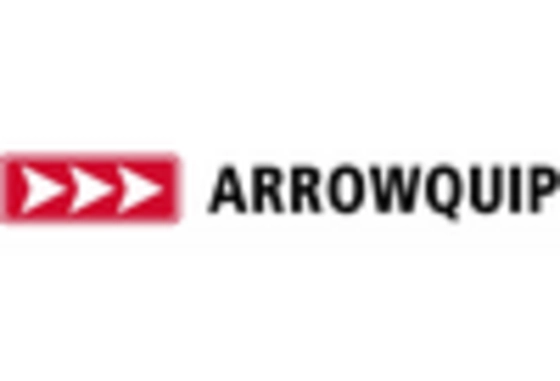

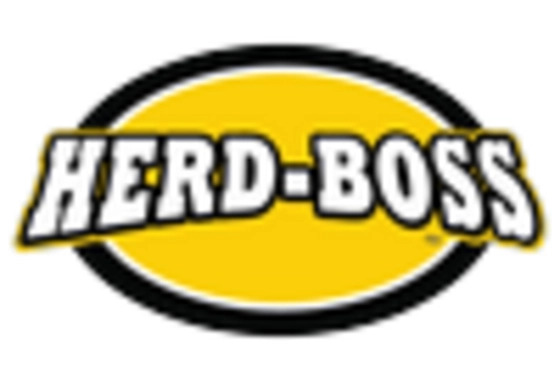
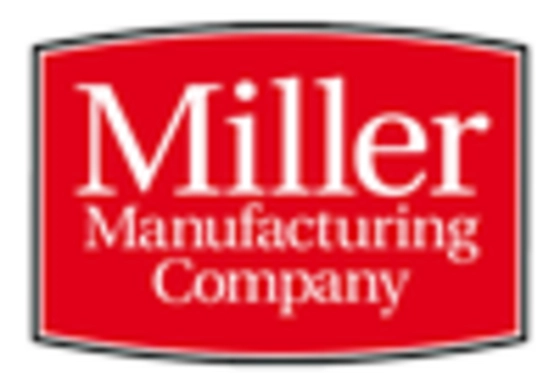
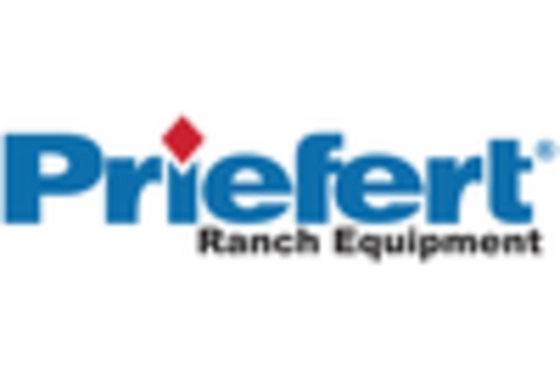
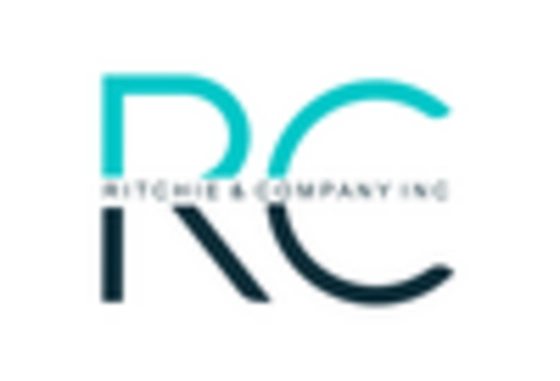








Leave a Comment